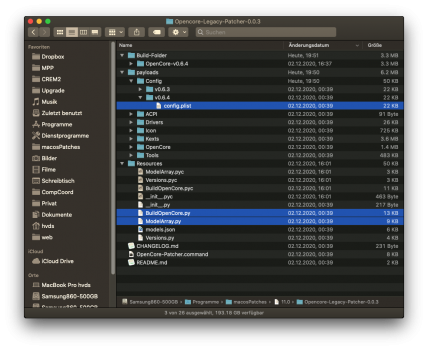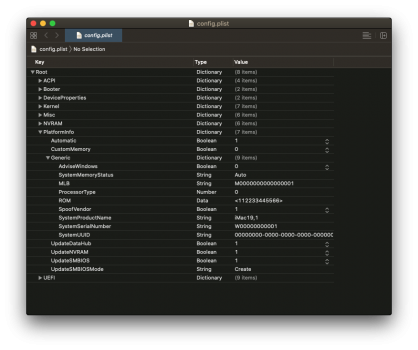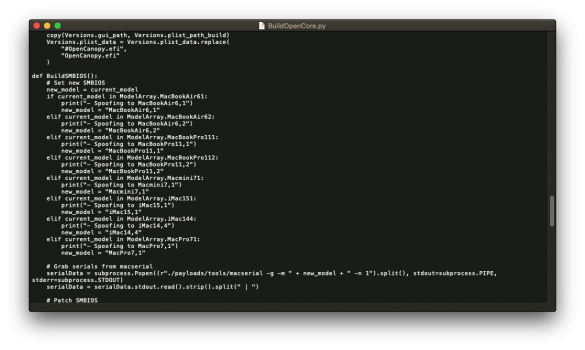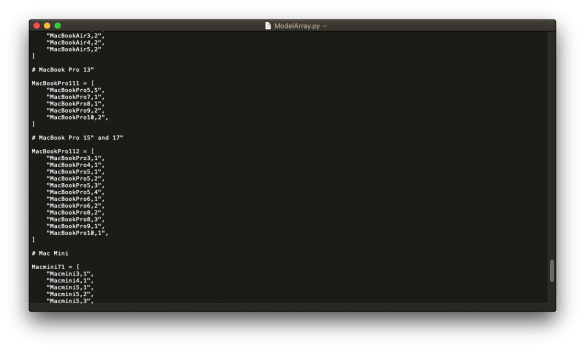Yes I use two config.plist files one with spoofing and one without, both made available by jakeluke right here in this thead.
what I do is to raise the system in the spoff and have the system updated, I follow from the beginning, and when it asks to restart, then I use the micropatcher pendrive, to be able to change the NVRAM.
I follow the update, and after restarting, I change config.plist back to the version without spoof.
Something very simple.
OpenCore is configured to start first, because on the primary partition, it is the first path it reads.







